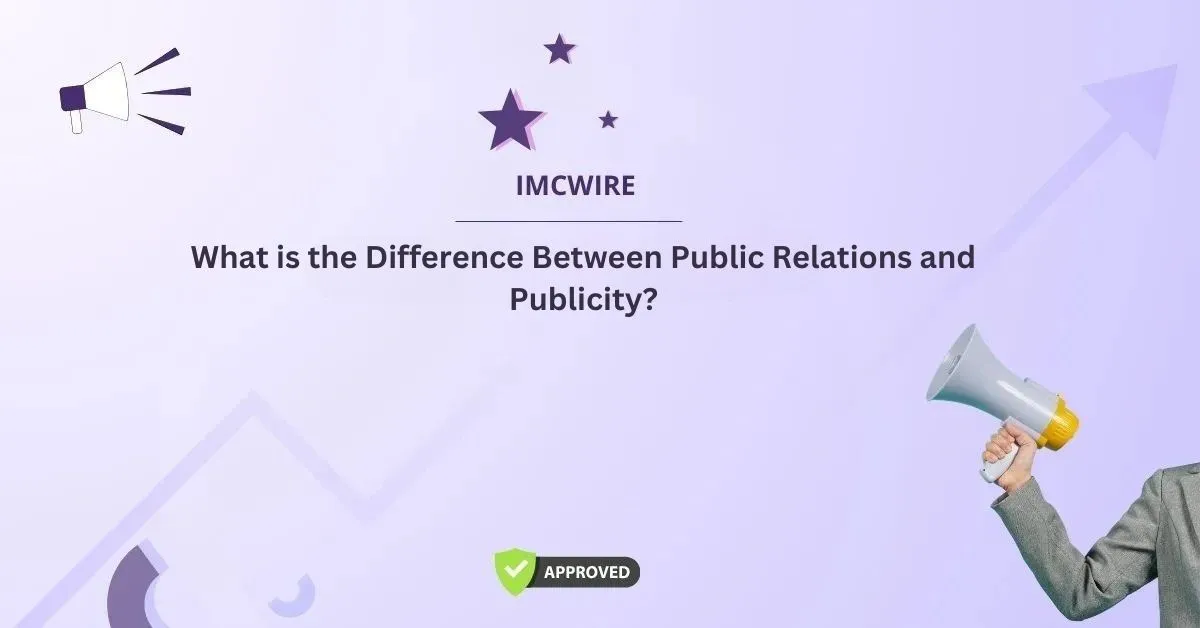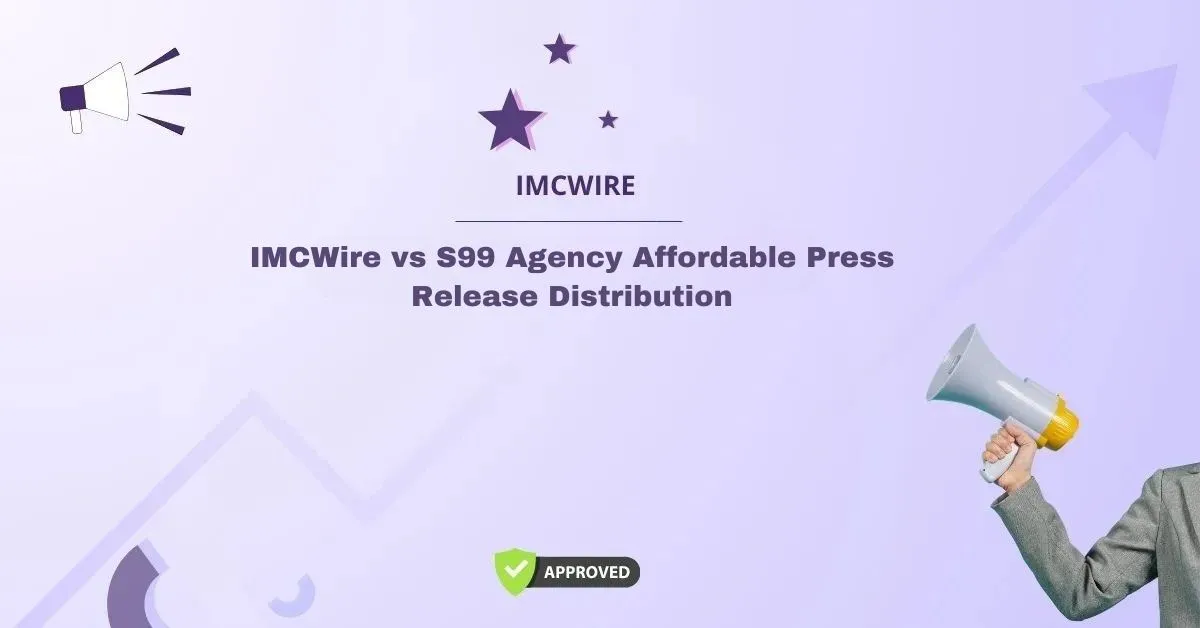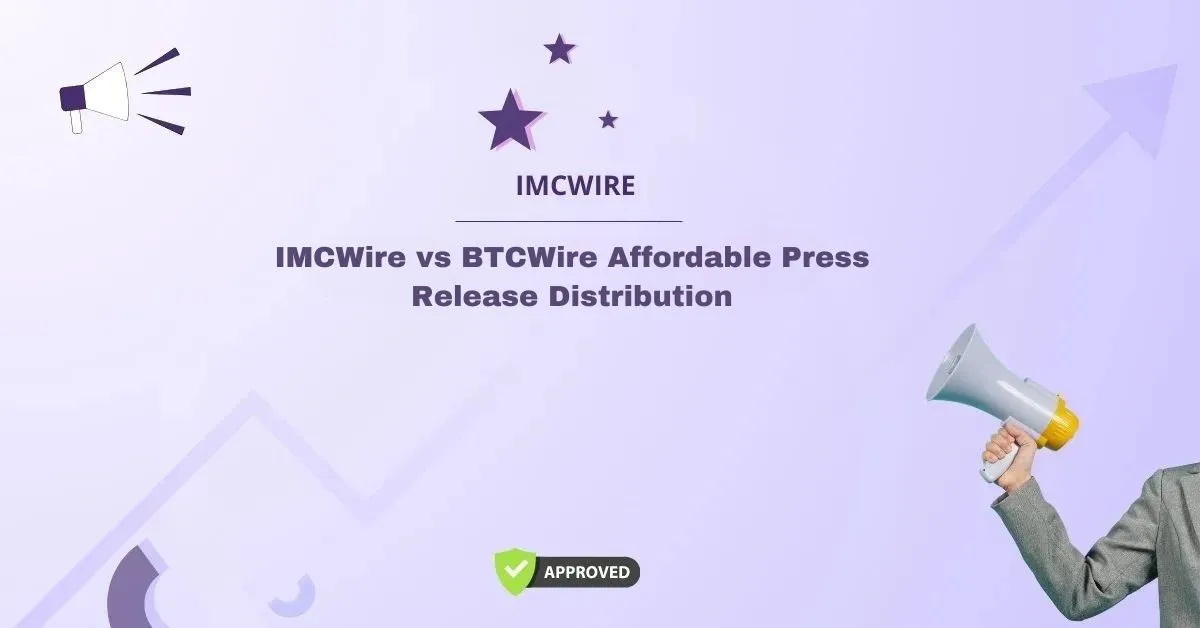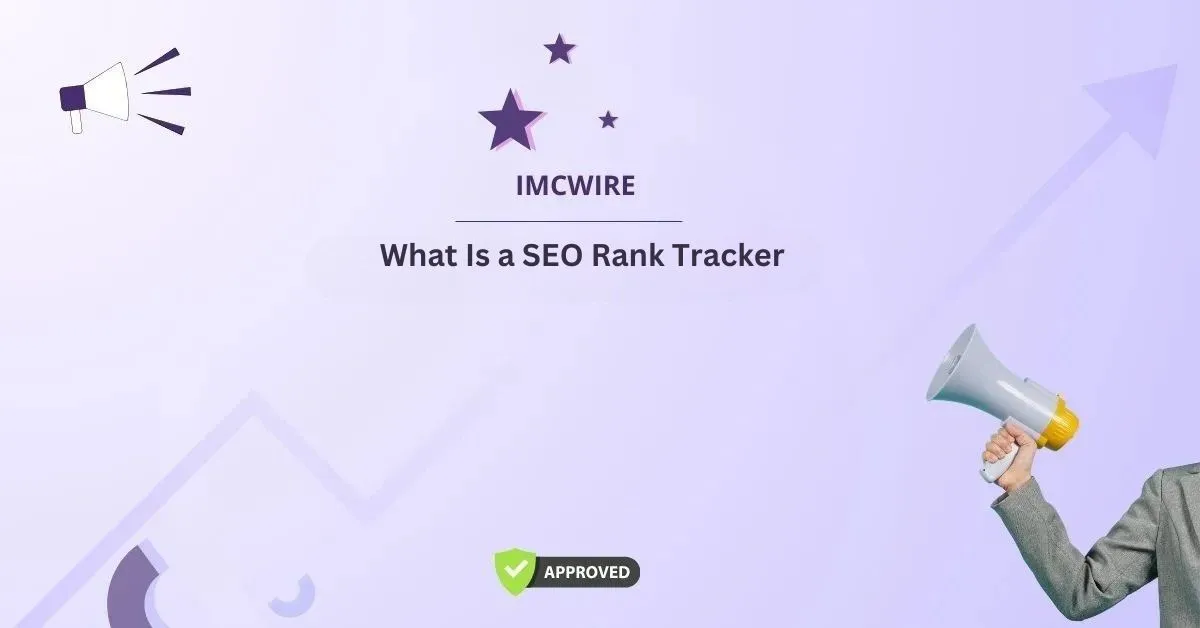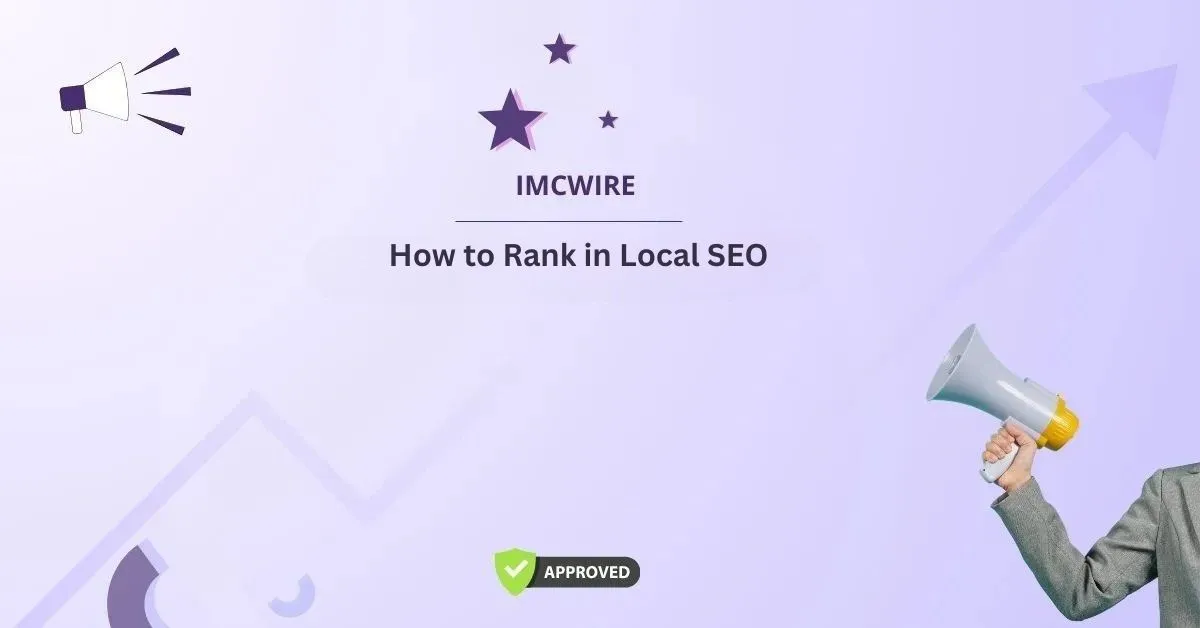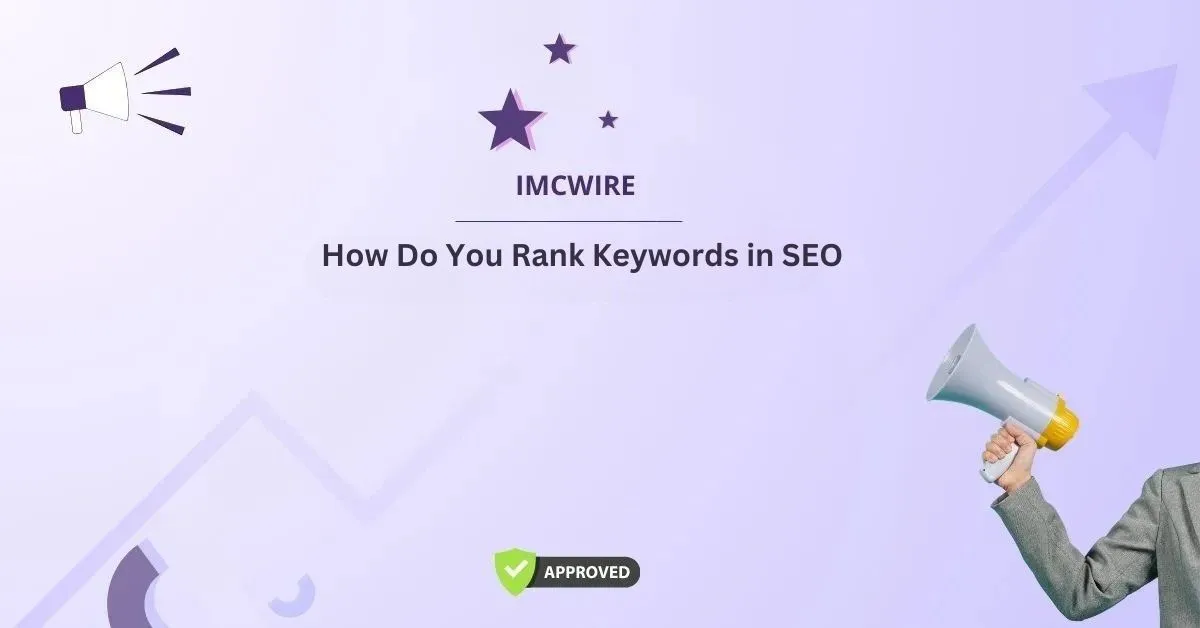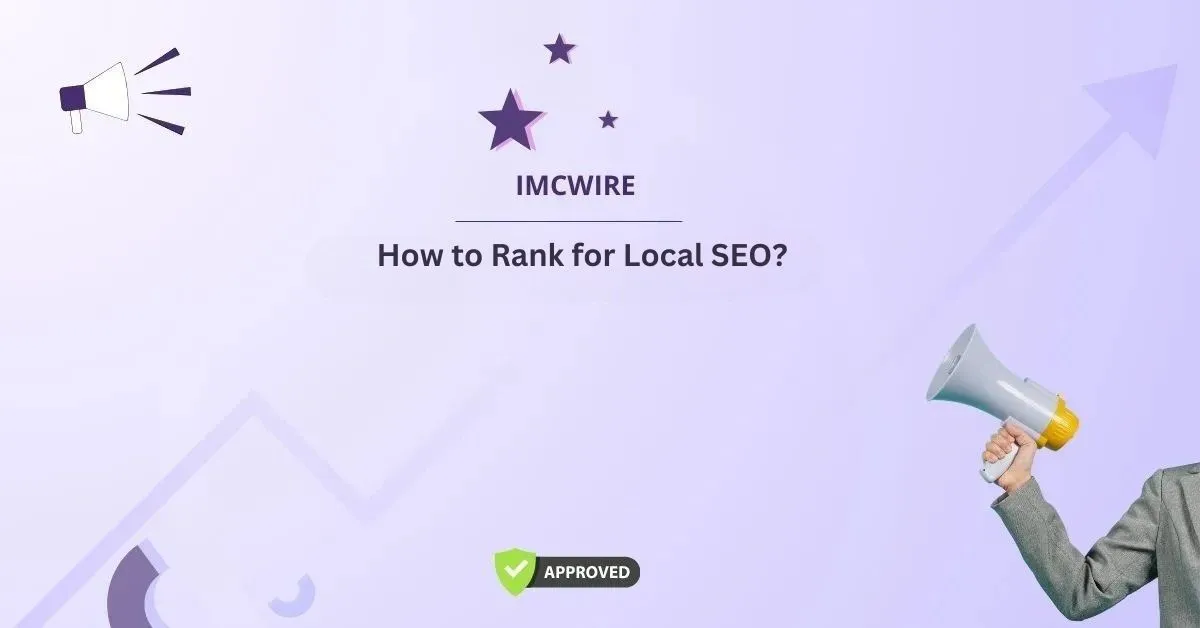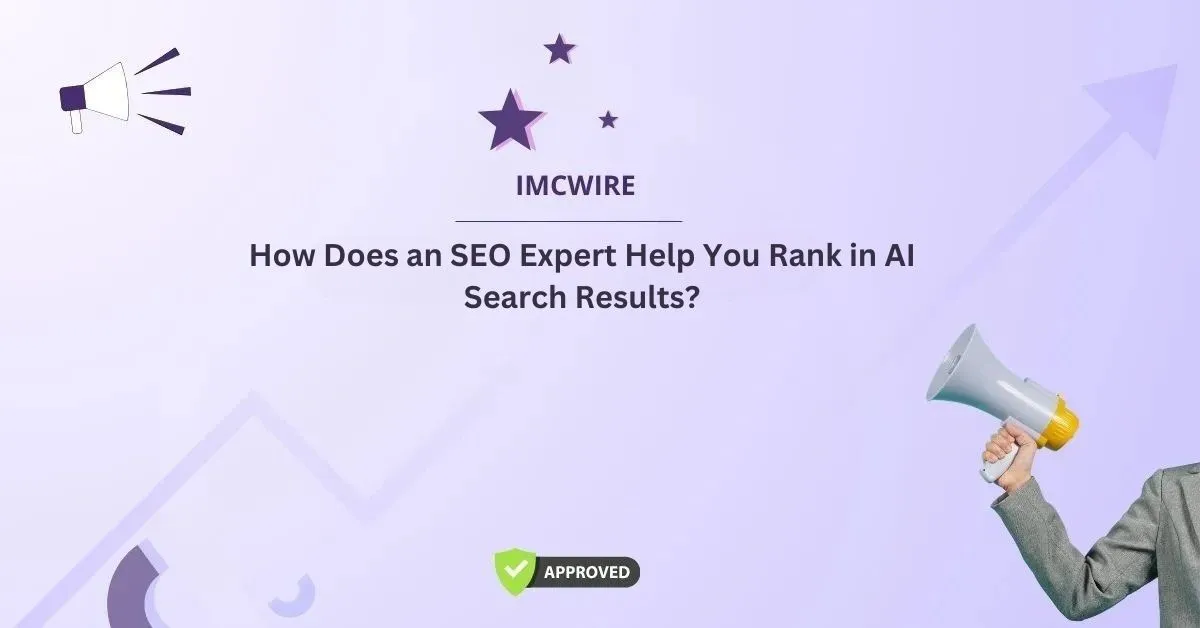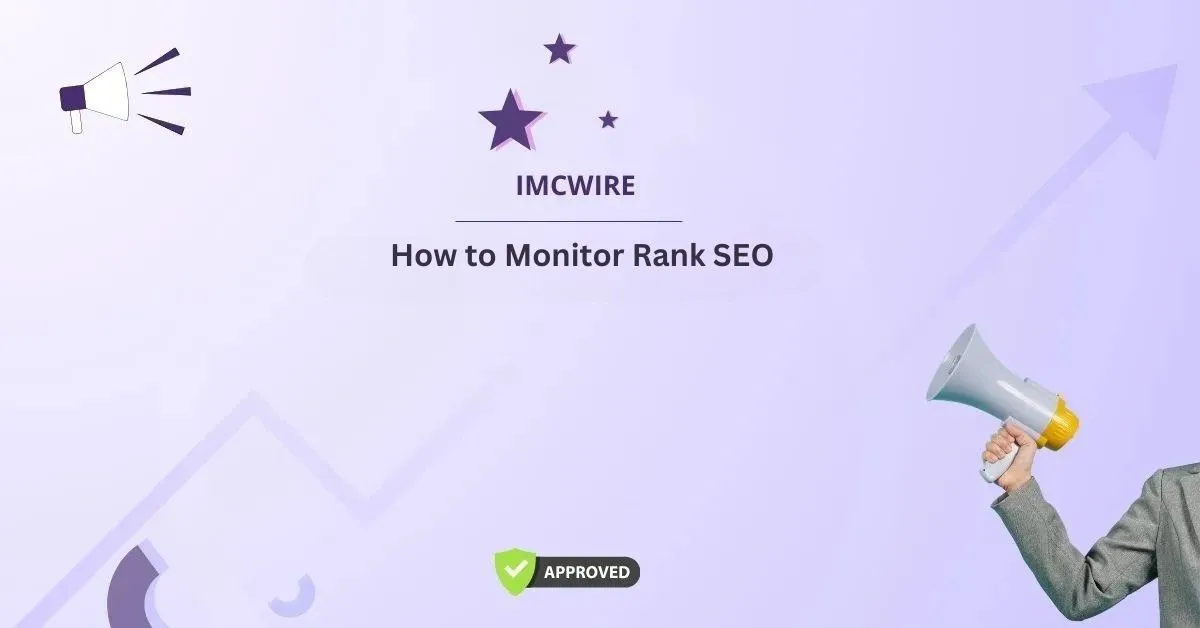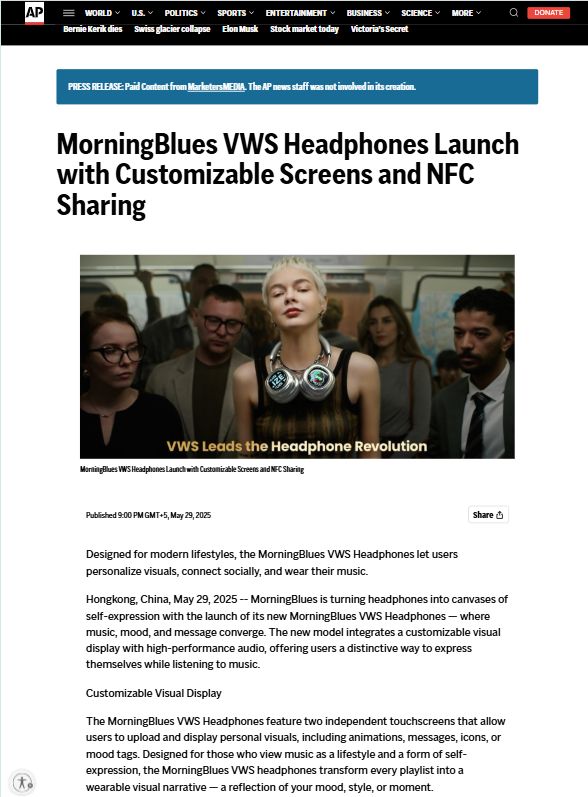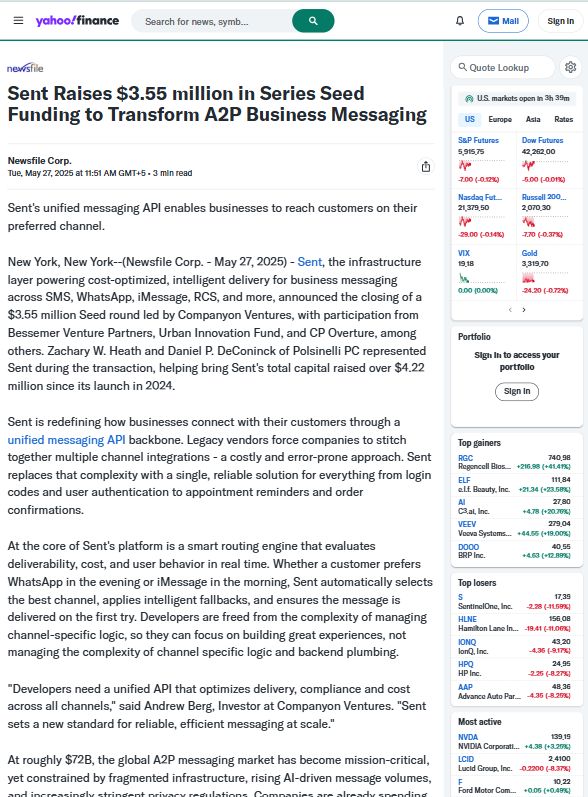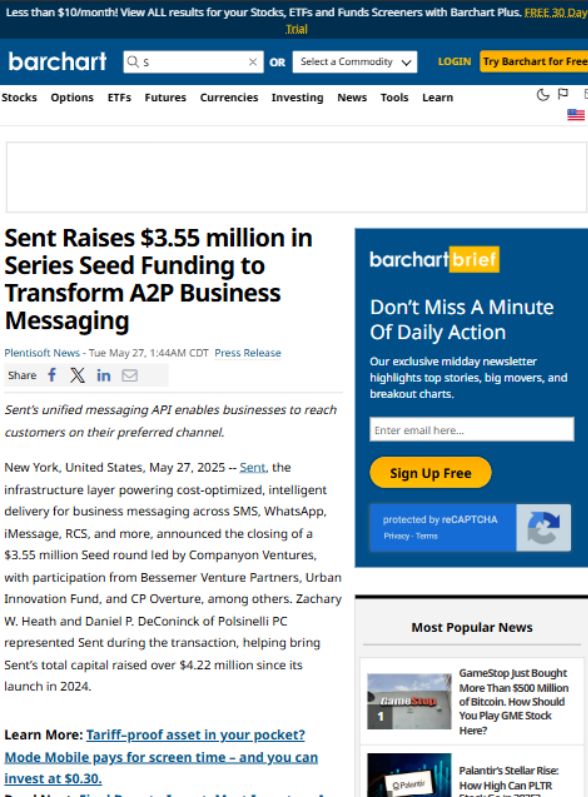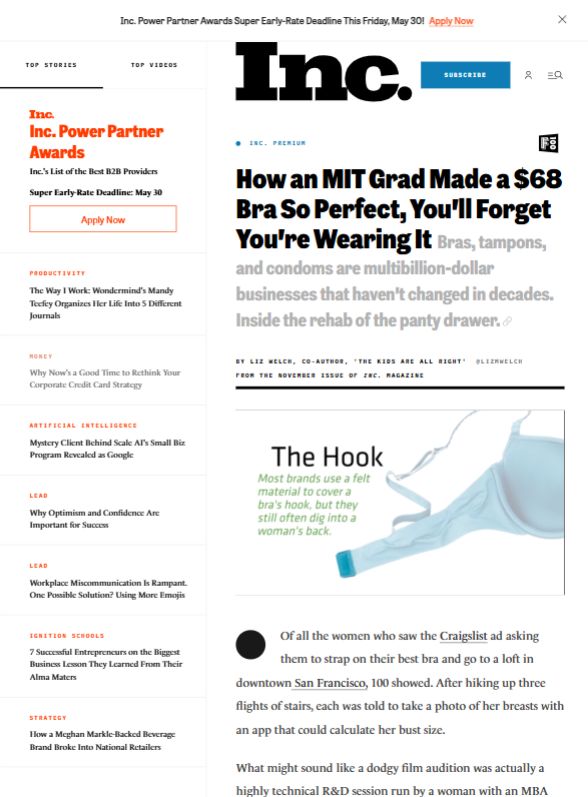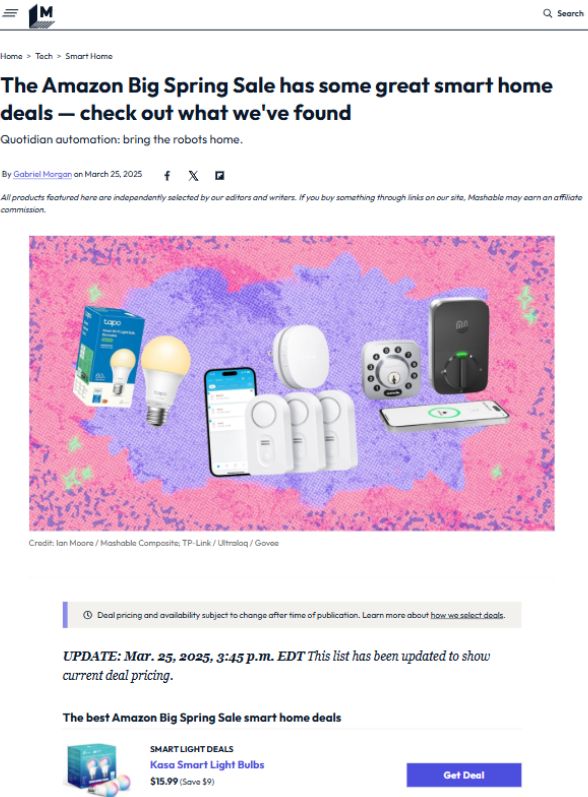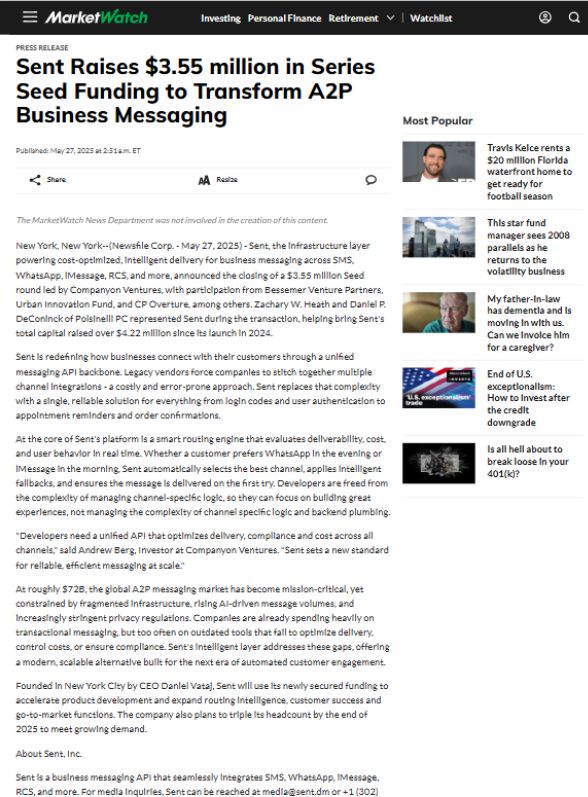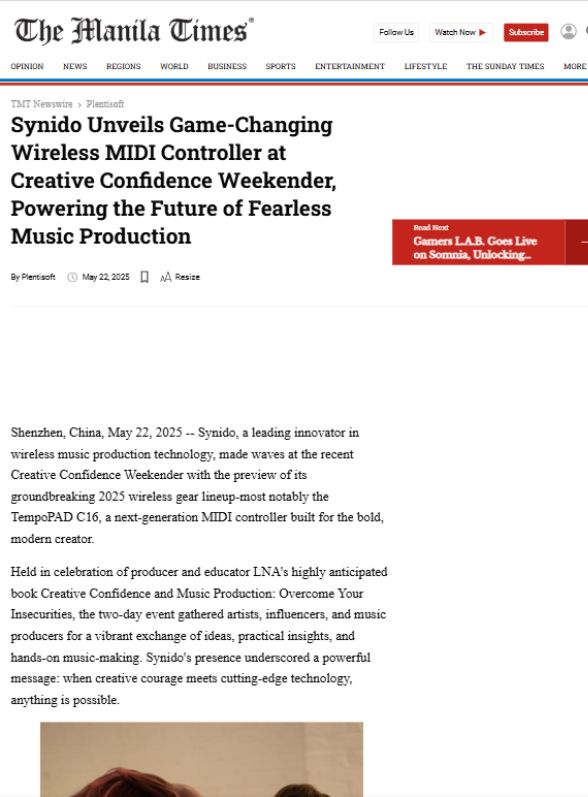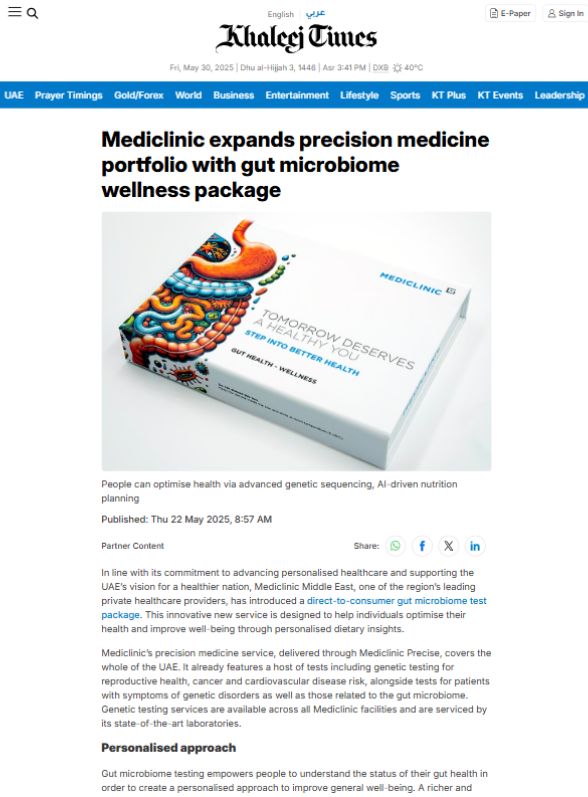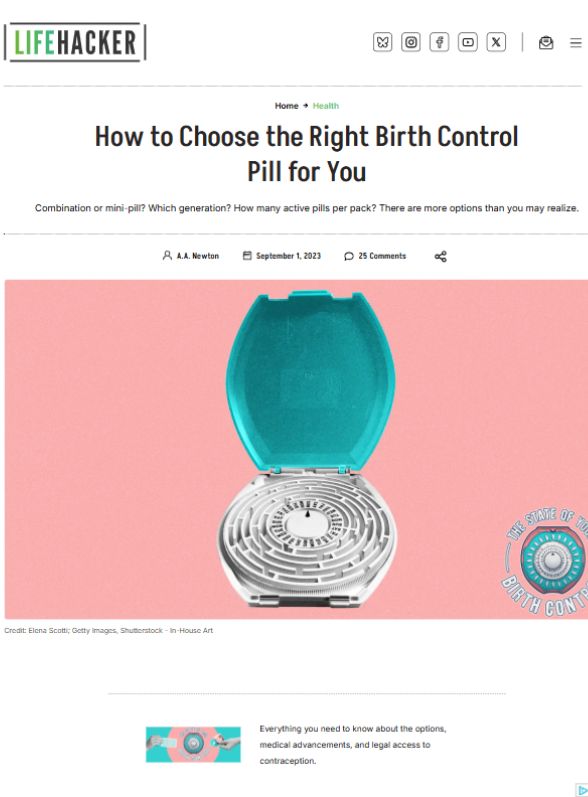In the world of marketing and communications, the terms “public relations” (PR) and “publicity” are often used interchangeably. However, while they share similarities and frequently work together to shape a company’s or individual’s image, they are distinct elements within the broader communication strategy. Understanding the difference between public relations and publicity is critical for businesses, PR professionals, and marketers aiming to leverage both effectively to manage reputation and enhance brand awareness.
Table of Contents
Public Relations: An Overview
Public relations is a strategic communication process that builds and maintains mutually beneficial relationships between an organization and its key stakeholders, including the public, customers, investors, employees, and media. At its core, public relations aims to create and sustain a positive image and reputation over the long term. PR professionals work on crafting messages and managing communications to ensure the organization is perceived favorably by the public.
The main goal of public relations is to shape an organization’s image by controlling and directing how the public sees it. PR covers a broad spectrum of activities, including media relations, crisis communication, content creation, event planning, and community outreach. It is more than just reacting to news; it’s about creating a deliberate and consistent communication strategy that fosters trust, credibility, and positive sentiment with target audiences.
PR professionals work with a variety of tools and techniques to carry out their work, including press releases, interviews, speeches, corporate social responsibility (CSR) activities, newsletters, blogs, social media engagement, and more. They also often deal with media relations, ensuring that press coverage aligns with their company’s messaging. The key difference in PR is that the message is often controlled by the company and strategically distributed over time.
Publicity: An Overview
Publicity, on the other hand, refers to the media exposure that a company, product, or individual receives. It is typically earned media attention that comes from external sources, such as journalists, bloggers, influencers, and other third parties. Publicity is the result of media coverage, events, or press mentions, and unlike PR, it is not paid for directly.
Publicity can be both positive and negative and is often generated when a brand or individual is featured in the media, whether through a news story, an interview, or even a viral event. Unlike PR, which is managed and controlled, publicity can often feel unpredictable. It’s earned through a compelling story, unique event, or a public figure’s involvement in a trending topic.
The main goal of publicity is to get noticed. Whether it’s through positive reviews, interviews, or other forms of media coverage, the objective is to capture the attention of the public and drive awareness. Publicity can be incredibly valuable for companies or individuals seeking to amplify their message and build credibility. However, it’s important to note that, unlike PR, the message is often shaped by the media, making it less controllable.
Publicity is an essential tool for gaining traction with a wider audience. It is often the result of a significant news event or a strategic PR effort that leads to news coverage. It can be a key driver of brand awareness, reputation, and trust.
Key Differences Between Public Relations and Publicity
While public relations and publicity work hand in hand to enhance a brand’s image, there are several key differences that set them apart.
- Control over the Message
In public relations, organizations have more control over the message. PR professionals carefully craft communications and distribute them strategically to ensure they are aligned with the organization’s goals and messaging. They determine how, when, and where their content is shared.
Publicity, in contrast, is driven by the media. While PR efforts can contribute to generating publicity, the coverage and message often come from an external source. Companies cannot directly control how their story is told, which makes publicity less predictable than PR.
- Goal and Scope
Public relations is broader in scope. It involves managing an entire brand’s image and reputation over time, ensuring consistency in messaging across various communication channels. PR professionals engage in ongoing relationships with media outlets, stakeholders, and the public to create and maintain a positive image.
Publicity is more narrowly focused. Its primary goal is to garner media attention and create buzz about a company, product, or individual. Publicity is often more event-driven, revolving around a news story, product launch, or public appearance.
- Duration and Impact
PR efforts typically have a long-term focus. It is an ongoing process that builds and strengthens a brand’s reputation, ensuring that the organization continues to be perceived favorably over time. PR strategies often involve proactive efforts to shape public opinion and foster goodwill.
Publicity, on the other hand, can have a more immediate but short-term impact. It’s about generating quick attention through media coverage or an event, but once the media coverage subsides, the spotlight often moves elsewhere. Publicity is often fleeting, whereas PR helps establish a lasting reputation.
- Earned vs. Controlled Media
One of the primary distinctions between PR and publicity lies in the nature of the media involved. Public relations often includes a combination of earned, paid, and owned media. PR professionals can work with media outlets to negotiate coverage and potentially place sponsored content or advertorials.
Publicity is primarily earned media. The coverage is not paid for directly but is the result of media outlets independently deciding to feature a company or individual based on their newsworthiness or public interest.
- Strategy vs. Spontaneity
Public relations is a strategic, planned approach to managing an organization’s reputation and communications. PR professionals map out campaigns, organize events, and create media relationships that align with the brand’s mission and goals.
Publicity is often spontaneous. While it can be cultivated through PR efforts, it often arises out of the blue, driven by external factors such as breaking news, celebrity endorsements, or viral trends. Publicity relies more on timing and luck, though strategic PR initiatives can increase the chances of gaining attention.
When to Use Public Relations and Publicity
The most successful communication strategies use both PR and publicity in tandem. For example, a company may create a public relations campaign to promote its latest product. As part of that campaign, the company may arrange media interviews or press conferences, which could lead to increased publicity through media coverage. By combining PR with publicity, companies can maximize their reach and influence.
However, it’s important to note when to focus on each. If a company is looking to build a long-term brand reputation and maintain a positive image, PR will be more effective. Public relations can help manage crises, promote thought leadership, and engage with stakeholders.
On the other hand, if a company is looking for quick attention, especially around an event or launch, publicity will be the primary tool. Publicity can be particularly helpful for boosting brand awareness and attracting new customers by generating media coverage.
Conclusion
Understanding the difference between public relations and publicity is essential for any organization or individual looking to manage their brand effectively. While PR is a strategic, long-term effort focused on maintaining a positive image, publicity is more immediate, unpredictable, and often media-driven. Both play critical roles in shaping a brand’s reputation, and when used in conjunction, they can create powerful communication strategies that resonate with the public and help achieve business objectives.
By leveraging both PR and publicity effectively, businesses can build trust, enhance visibility, and establish themselves as credible players in their industry.

